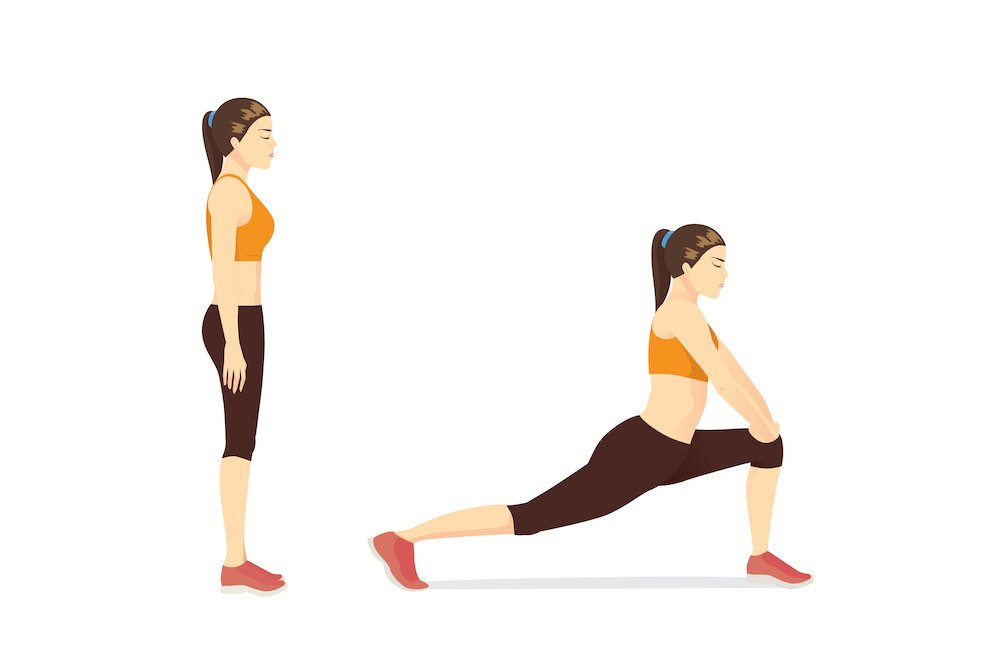How to Relieve Lower Back Pain
Dr. John Wagner, DCIn the United States, four out of five people will experience injuries to the lower back at some time in their lives. One in seven people in the United States will suffer permanent disability from lower back injury. And recent surveys published in medical journals tell us that as many as 60 percent of Americans who suffer lower back pain will be given prescriptions for potentially addictive opioid painkillers.
Lower back pain isn't inevitable. Exercise can help to prevent it. And chiropractic care can treat it. Let's start by taking a look at some of the most common causes of lower back pain, and how they can be avoided.

Common Causes of Lower Back Pain
There is no one singular cause of lower back pain. In fact, there are a multitude factors which can come into play, from genetic abnormalities, to overuse and overstress of the back muscles and spine (like when playing sports). Some of the most common causes of lower back pain include:
- Lumbar herniated disc
- Degenerative disc disease
- Facet joint dysfunction
- Sacroiliac joint dysfunction
- Spinal stenosis
- Spondylolisthesis
- Osteoarthritis
- Deformities
Fortunately, gentle exercising at home, combined with specialized chiropractic treatments can help alleviate these types of pain.
However, certain diseases and infections can also cause lower back pain, and will require consultations and treatment from other types of doctors. These ailments include:
- Spinal cord cancer
- Sciatica
- Arthritis
- Kidney infections
- Infections of the spine
Now that the common causes of lower back pain are understood, let's discuss the kinds of stretches that strengthen muscles and help to prevent lower back pain.
Stretches for Lower Back Pain
Not only does stretching reduce lower back pain, it strengthens muscles so future back pain is less likely to occur. The exercises that bring back relief are not intuitive, however, and it helps to get a chiropractor to coach you, to make sure you are doing them correctly. In the meantime, here are some exercises you can try on your own. All of these exercises are best performed on a mat on the floor, with support nearby if you have difficulty getting up.
Begin the hip flexor stretch by kneeling on one knee on a mat. Extend the opposite leg behind you. Bow forward until you feel a gentle tug in the thigh in your outstretched leg. Return to your original kneeling position and repeat five more times, alternating sides.

The hamstring stretch involves touching your toes. Or if you can't touch your toes, maybe you can at least stretch in their general direction. Sit on your mat on the floor with one leg bent at the knee, and the other leg stretched out in front of you. Extend the arm on the same side of your body as your outstretched leg and attempt to touch your toes. Return to sitting upright, and repeat the exercise on the other side of your body. Five hamstring stretches with each leg is enough.
Stretching like a cat, also known as the camelback stretch, starts off with your getting down on a mat on your all fours. Arch your back gently like a cat or a camel, hold to the count of three as you breathe normally, and then relax for another three seconds, continuing to breathe normally. Repeat 10 times.
The child's pose also begins on all fours. Extend your hips backward while placing your hands out in front, stretching until you feel a mild tug in your back. Repeat five times. This exercise relaxes the muscles in your lower back.
The trunk rotation stretch begins with lying on the mat, back flat on the mat and knees bent. Rotate your legs so the side of one knee touches the mat while keeping your upper back flat on the mat. Return to your original position and repeat the exercise, rotating to the other side. Five repetitions to each side is enough.
There is no doubt that these and similar stretching exercises prevent lower back pain. Simply getting up and moving around helps, too. A study reported in the Journal of Physical Medicine and Rehabilitation found that by the time you have burned off 15 calories for every pound you weigh (it's OK to do this over several weeks), lower back pain is reduced. But what if you can't do any of these exercises? What if you don't even feel like getting out of bed?
Should I Go To the Doctor For Lower Back Pain?
Nobody should suffer lower back pain for weeks or months or years on end without treatment. There are some causes of lower back pain that aren't related to spine health. But most cases of lower back pain result from problems in the alignment of the lumbar spine, the vertebrae in your lower back. A trip to the chiropractor will result in an appropriate diagnosis, either for chiropractic treatment or a referral to another doctor for certain other issues.
Chiropractic Treatments For Lower Back Pain
What can your chiropractor do for lower back pain? The most important thing your chiropractor can do for you when you have lower back pain is to find the root cause of the problem.
It's not unusual for lower back pain to result from damage or slippage of the discs, the fluid-filled "shock absorbers" between the bones in your spine. Your chiropractor can gently decompress your spine to allow discs to "slip back" into place. And your chiropractor can identify the pressure on "pinched nerves" in your back and correct the misalignment that causes it.
Chiropractors provide a number of methods of non-pharmaceutical pain relief. You might respond best to "electricity," or transcutaneous electroneural stimulation (TENS). You might respond best to cold therapy, or ultrasound that gently warms injured tissue. Usually it is a combination of these and other chiropractic methods over a period of weeks that brings the greatest amount of long-lasting relief.Chiropractors are specialists in relieving lower back pain. No other health professional has as many non-surgical, non-addictive methods of relieving back problems.
Chiropractic Care Can Help:
- Back Pain
- Neck Pain
- Sports Injury
- Slip & Fall Injuries
- Auto Accident Injuries